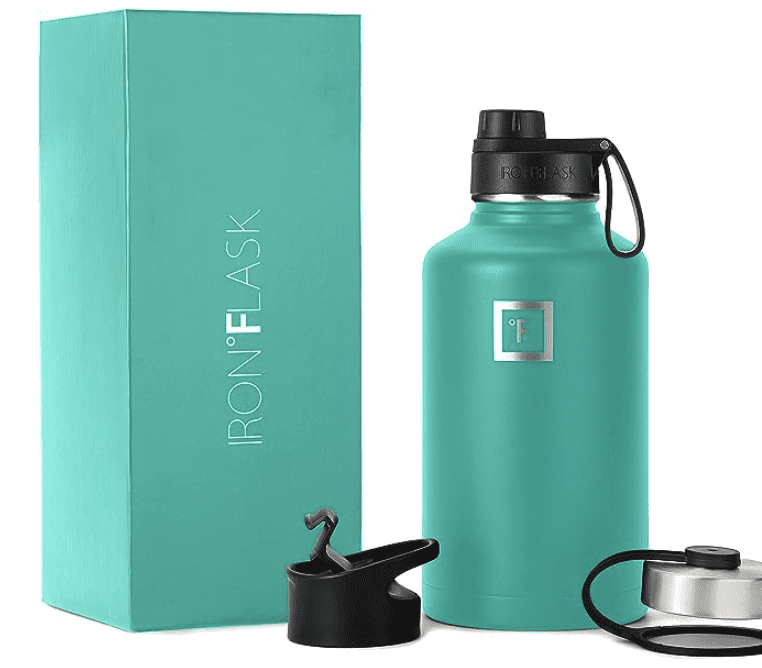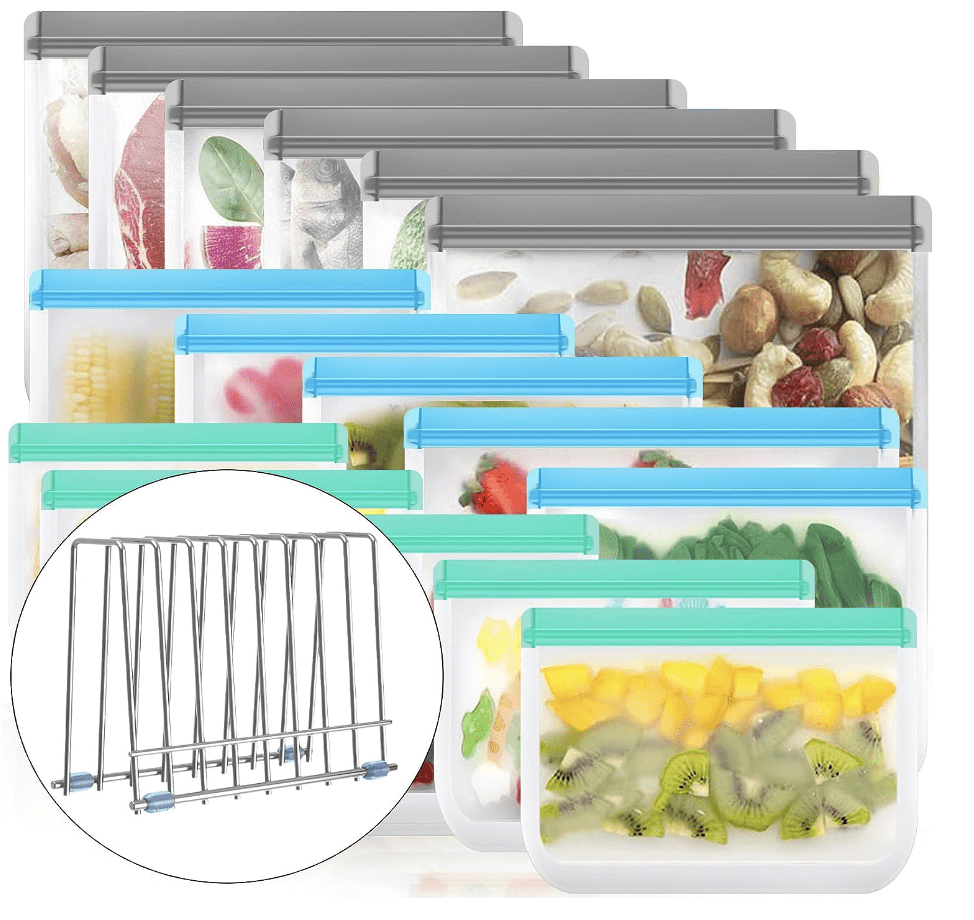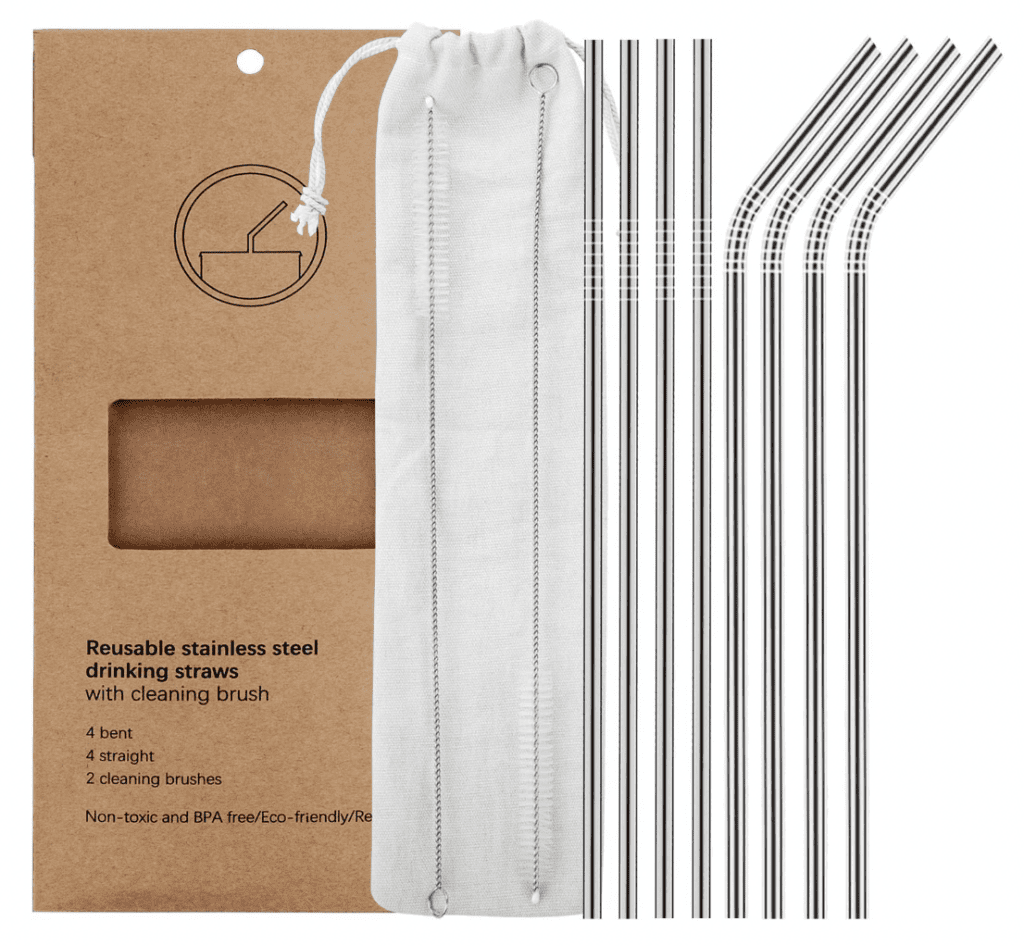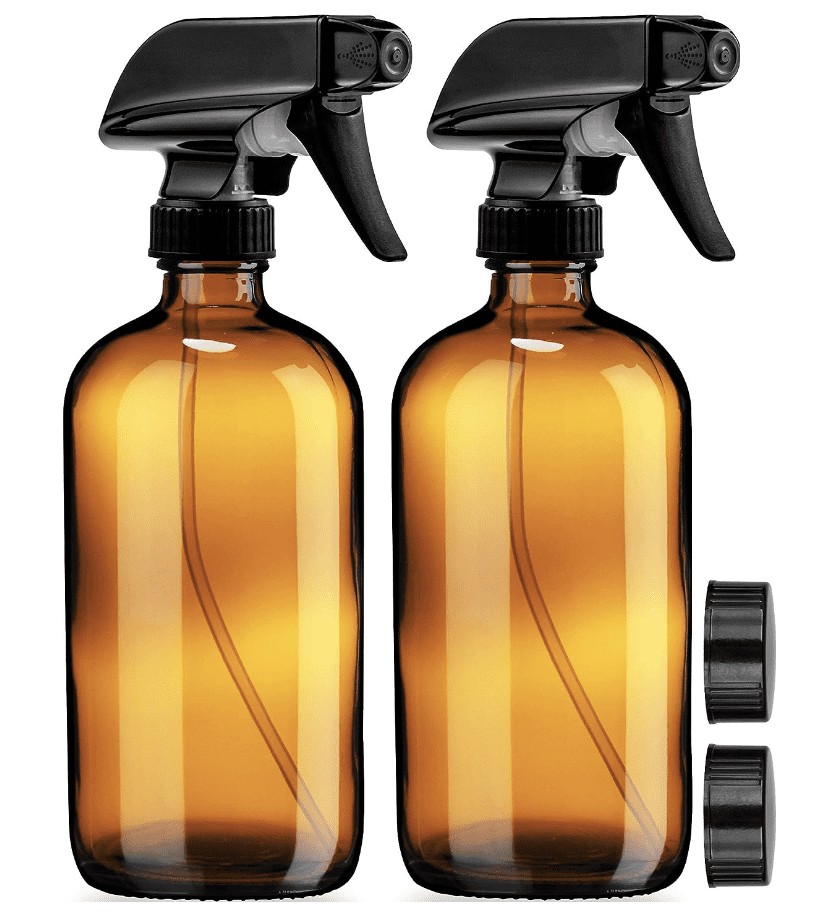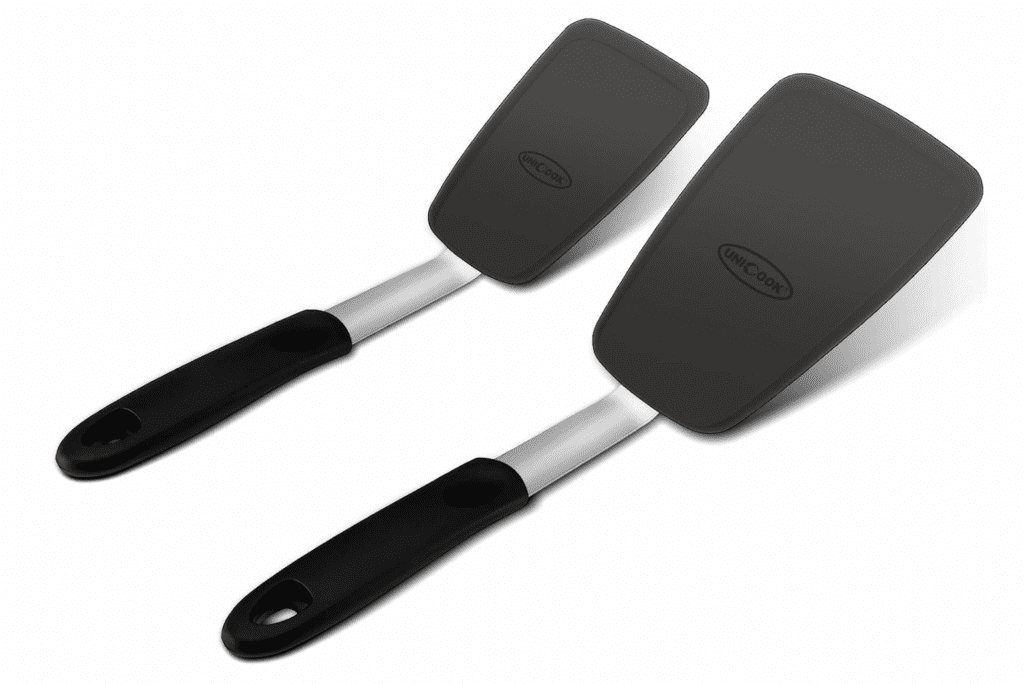At one time, I was so appreciative of the convenience of plastic in my home. Ziplock bags, plastic food containers, plastic water bottles, even plastic spatulas and other cooking products. And then I read research reports about the amount of micro plastics (small plastic particles) , in the placentas of newborn babies as well as in human blood, urine and feces in almost 80% of the people tested. What this shows is that these micro plastics can travel around the body and may lodge in organs. And so I had to make some changes. 1 Corinthians 3:16-17 speaks to our bodies being a temple of God and that it is holy. Knowingly ingesting the hidden hazards of plastics seemed contrary to protecting God’s temple. But there is plastic everywhere in our homes. From food storage to packaging, furniture to electronics, plastics are everywhere. So what are the dangers of plastics and is there a way to minimize their negative impact on our homes and families?
- Health Concerns
Can these hidden hazards of plastics that we have in our homes be harmful to our families? Sadly, the answer is yes. Many plastics contain additives like phthalates, bisphenols (such as BPA), and flame retardants, which have been linked to a large range of health issues. Phthalates, used to make plastics more flexible, are suspected endocrine disruptors that may interfere with hormonal balance and potentially lead to reproductive problems, obesity, and developmental disorders in children. BPA, commonly found in food containers and bottles, has been associated with hormone disruption and even an increased risk of certain cancers. Another concern is that these plastics usually end up in landfills or find their way into water bodies, eventually entering the food chain and then into our homes.
- Indoor Air Quality
In addition, as plastics degrade over time, these micro plastics can be inhaled or ingested, potentially causing inflammation, respiratory problems, and then enter the bloodstream. As micro plastics degrade, they can also accumulate on indoor surfaces, reducing indoor air quality and posing a threat to our family’s health.
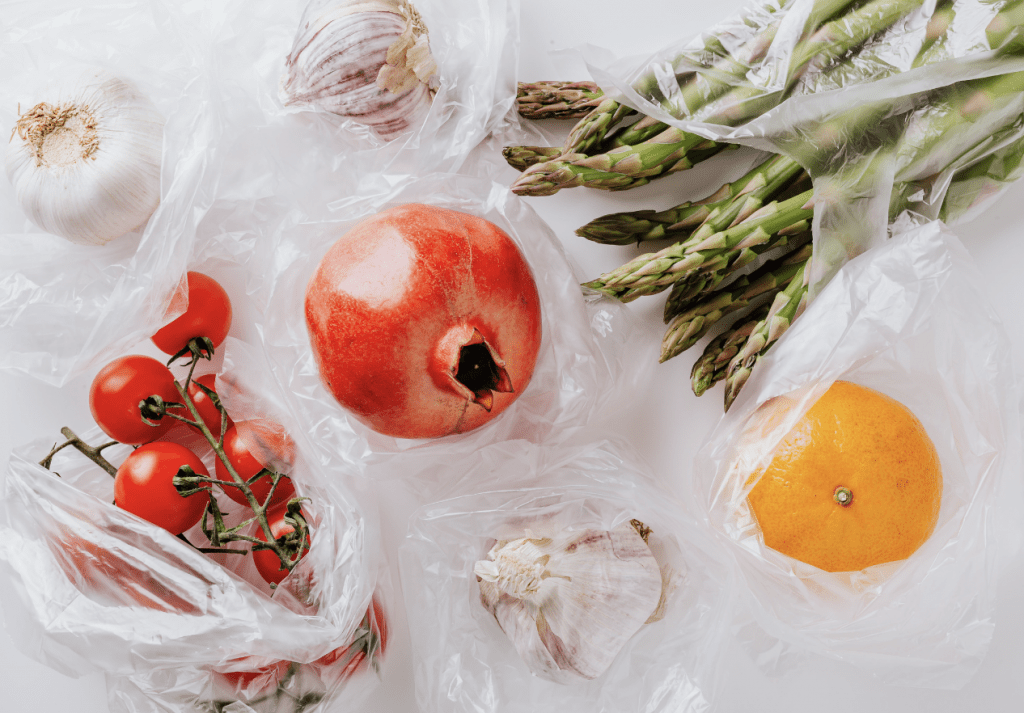
- Chemical Leaching
Some plastics have a tendency to release harmful chemicals when exposed to heat, sunlight, or acidic substances. This leaching of toxins into food, beverages, and other items can lead to consumption of harmful substances. For instance, using plastic containers in microwaves or for hot foods can cause chemicals to migrate into the food, thereby increasing the risk of contamination.
7 Simple Swaps to Reduce Plastics in Your Home
Living a completely plastic-free lifestyle is probably not realistic, but reducing the use of these hidden hazards of plastics definitely is. So here are 7 easy and practical swaps you can make to minimize plastic hazards in your home.
1. Ditch Disposable Water Bottles for Reusable Ones
Start by investing in reusable stainless steel or glass water bottles. This small change can significantly limit exposure to potentially harmful chemicals. Look for products that are labeled as BPA-free or phthalate-free and this is one example below of a hydroflask we have used in our home.
2. Swap Plastic Food Containers for Glass or Stainless Steel
Replace plastic food storage containers with glass or stainless steel alternatives. These options are safer, more durable, and won’t leach harmful substances into your food. These are the glass food containers that I purchased from Amazon. It is an 18 PIECES glass food storage container set- 9 glass containers and 9 matchingL locking lids. They are oven, microwave, freezer and dishwasher safe. The silicone sealing strip is at the edge of the lid so please wash the lids by hand as much as possible. Most important is that they are BPA free.
3. Choose Silicone Food Storage Bags over Baggies
Reusable Silicone Food Storage Bags are a fantastic alternative to plastic wrap and plastic baggies for storing food. They are reusable, eco-friendly, and keep your food fresh without the risks associated with plastic. The silicone food storage bags listed below are the bags we use in our home.
4. Switch to Bamboo Toothbrushes
Bamboo toothbrushes are biodegradable and a great replacement for plastic toothbrushes. They help combat the plastic waste generated by conventional dental products.
5. Trade Plastic Straws for Stainless Steel
Say no to plastic straws and use stainless steel or bamboo straws instead. These alternatives are reusable and safer for both you and the environment. We love this brand as it came with brushes to clean the inside of the metal straws
6. Use DIY Cleaning Products in Glass Bottles
Make your own cleaning solutions using natural ingredients and store them in glass bottles. This avoids plastic exposure and lets you create eco-friendly cleaning solutions. We purchased these glass spray bottles because I often use essential oils in various DIY cleaning products and the amber glass protects the essential oils from ultraviolet light.
7. Choose wooden, silicone or stainless steel utensils instead of plastic ones
Though I often use wooden spoons and stainless steel (especially with cast iron cookware) I often use these silicone spatulas.
Though there are many more ways to reduce plastics and other toxins in our homes, hopefully this provides you with a starting point. Small changes add up to make a big impact on your your family’s. So “step out”, with plastic-free choices and take one step closer to a safer home.
Sarastepsout.com is a participant in the Amazon Services LLC Associates Program, an affiliate advertising program designed to provide a means for sites to earn advertising fees by advertising and linking to Amazon.com.


